The human orgasm represents one of nature’s most fascinating neurobiological phenomena—a complex cascade of physiological and psychological responses that varies significantly between individuals and biological sexes. While often shrouded in cultural taboos and misconceptions, the science of orgasm reveals intricate mechanisms that have evolved over millions of years, serving purposes beyond reproduction and offering insights into human pleasure, bonding, and neurological function.
Understanding the biological differences between male and female orgasmic responses isn’t just academic curiosity; it has practical implications for sexual health, relationship satisfaction, and medical treatment. Recent advances in neuroscience, anatomy, and sexual medicine have illuminated the remarkable complexity of human sexual response, revealing both surprising similarities and significant differences between how men and women experience this profound physiological event.
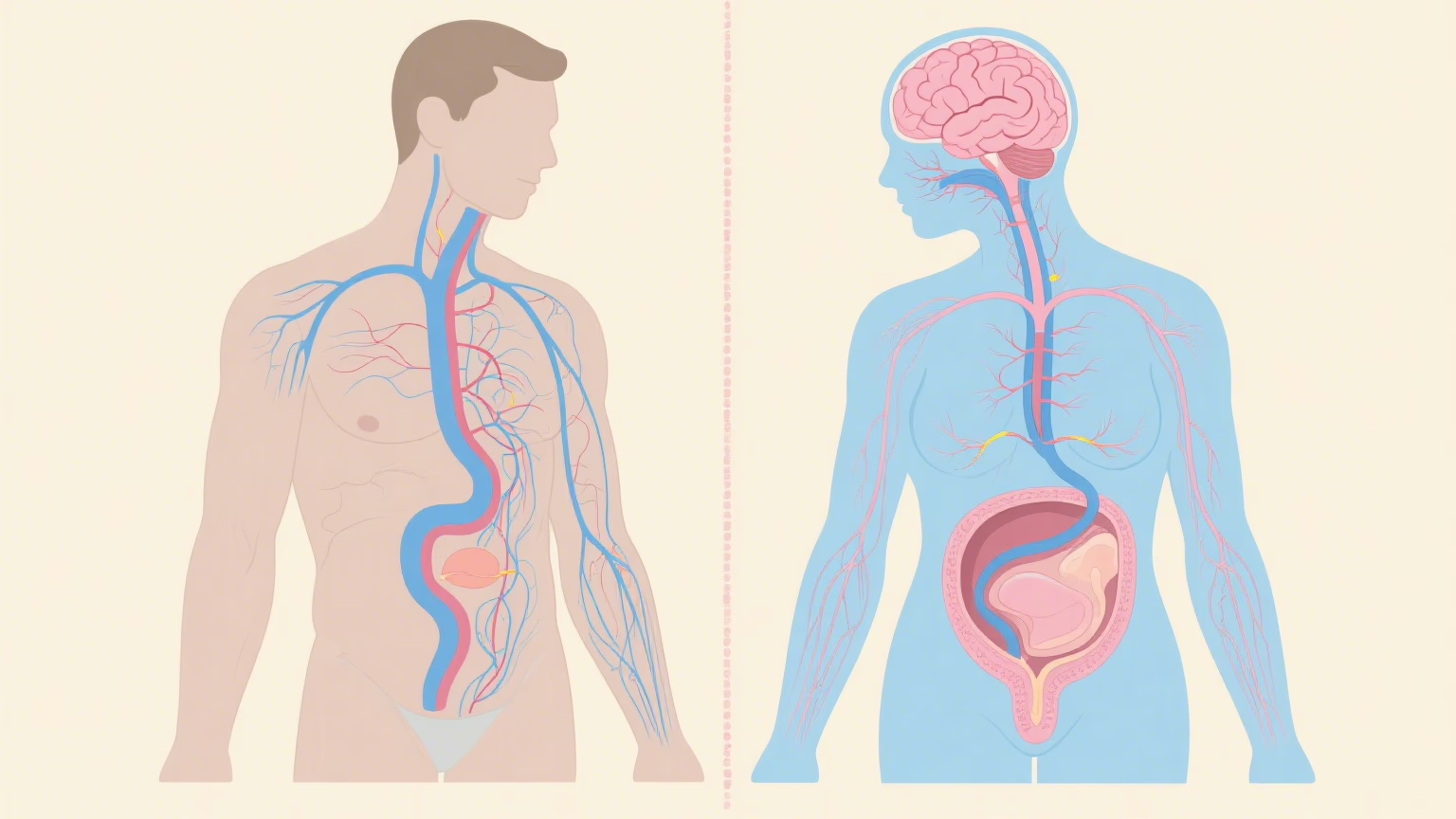
The Neurological Symphony of Orgasm
At its core, an orgasm is a neurological event that involves multiple brain regions, neurotransmitter systems, and physiological responses working in precise coordination. The experience begins in the peripheral nervous system with sexual stimulation and culminates in a complex brain response that affects everything from heart rate to hormone release.
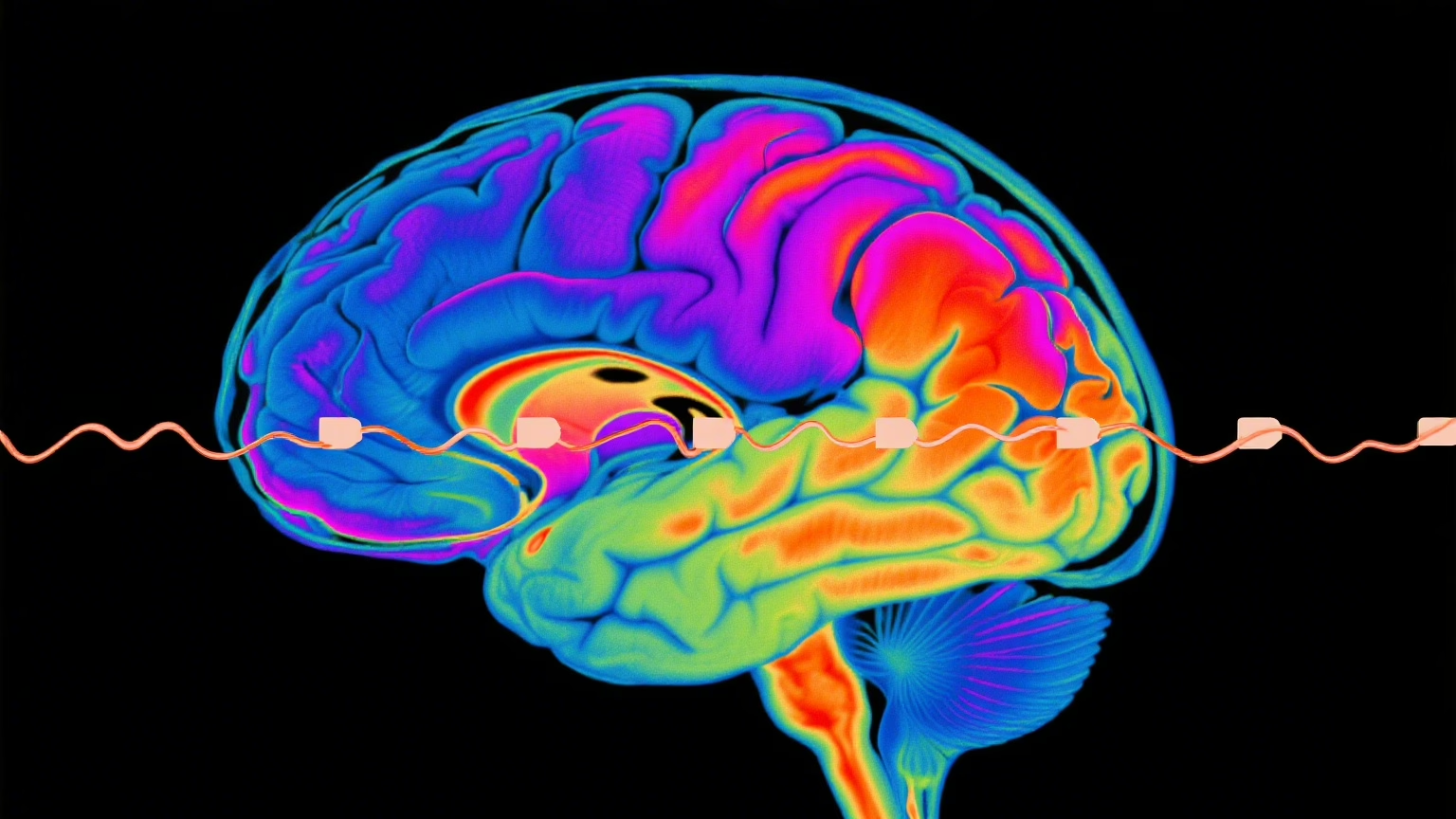
The primary brain regions involved include the genital sensory cortex, which processes tactile sensations from the genitals; the limbic system, responsible for emotional and pleasure responses; and the hypothalamus, which controls hormone release and autonomic functions. The neurotransmitters dopamine, oxytocin, and endorphins flood the system, creating the characteristic feelings of pleasure, bonding, and euphoria associated with orgasm.
What makes this process particularly fascinating is how it varies between biological sexes. While the basic neurological framework remains similar, the patterns of activation, intensity, and duration show measurable differences that correlate with the distinct subjective experiences reported by men and women.
Male Orgasmic Response: The Biological Basics
The male orgasmic response follows a relatively predictable pattern that researchers have studied extensively due to its more observable nature. The process typically involves four distinct phases: excitement, plateau, orgasm, and resolution, with each phase characterized by specific physiological changes.
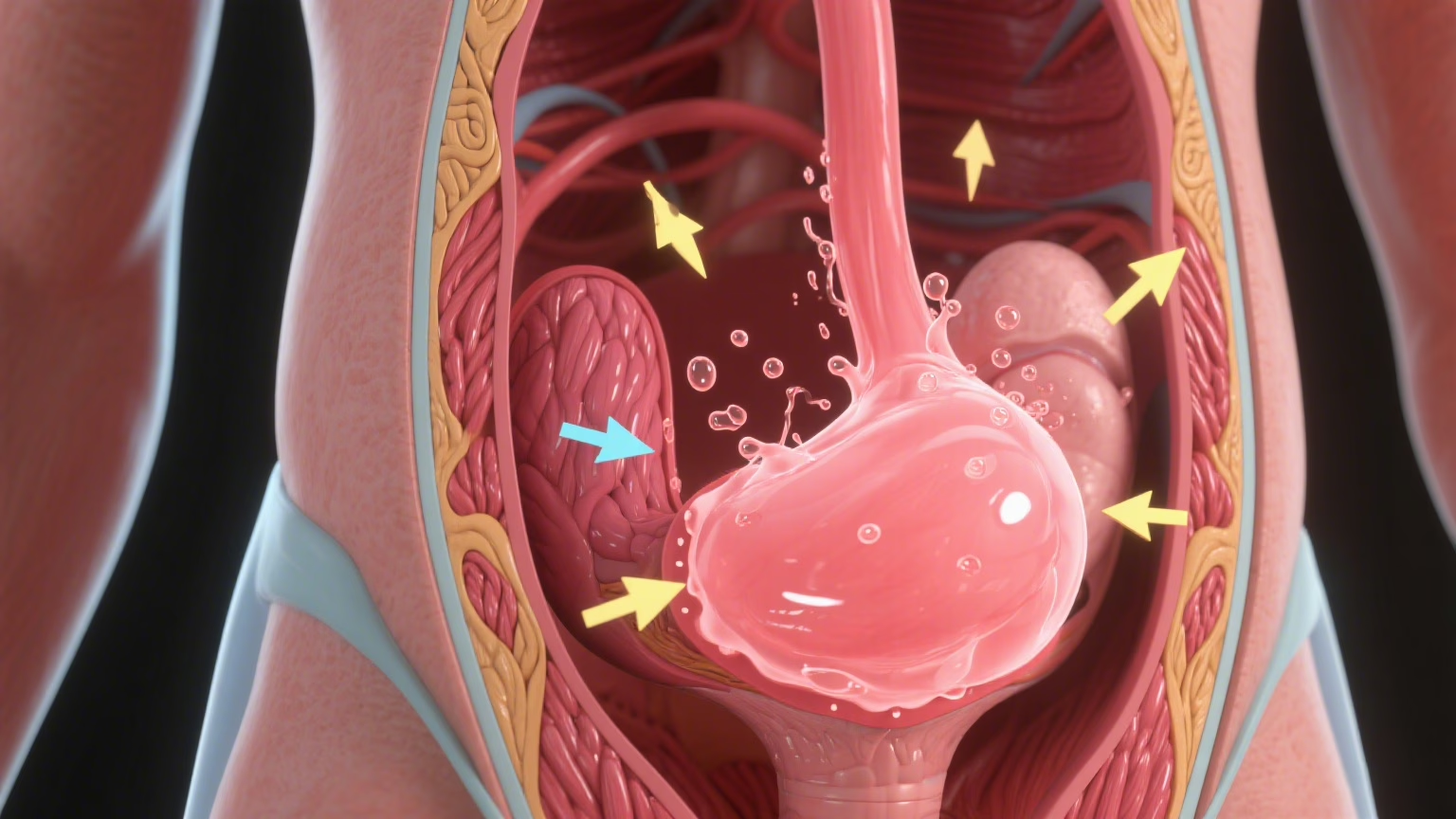
During the excitement phase, blood flow to the penis increases dramatically, creating erection through the expansion of erectile tissues. The heart rate accelerates, blood pressure rises, and muscle tension throughout the body increases. As arousal progresses to the plateau phase, the glans penis becomes fully engorged, and pre-ejaculatory fluid may appear.
The orgasmic phase itself involves a series of rhythmic contractions of the pelvic floor muscles, urethra, and reproductive organs at approximately 0.8-second intervals. These contractions propel semen through the reproductive tract in a process called ejaculation, which typically coincides with the peak subjective experience of orgasm. The entire orgasmic phase usually lasts 3-10 seconds, though individual variation is significant.
Female Orgasmic Response: Complex and Variable
Female orgasmic response presents a more complex picture that has only recently begun to be fully understood by researchers. Unlike the male response, which is closely tied to ejaculation and follows a relatively consistent pattern, female orgasm shows remarkable variability in duration, intensity, and physiological expression.
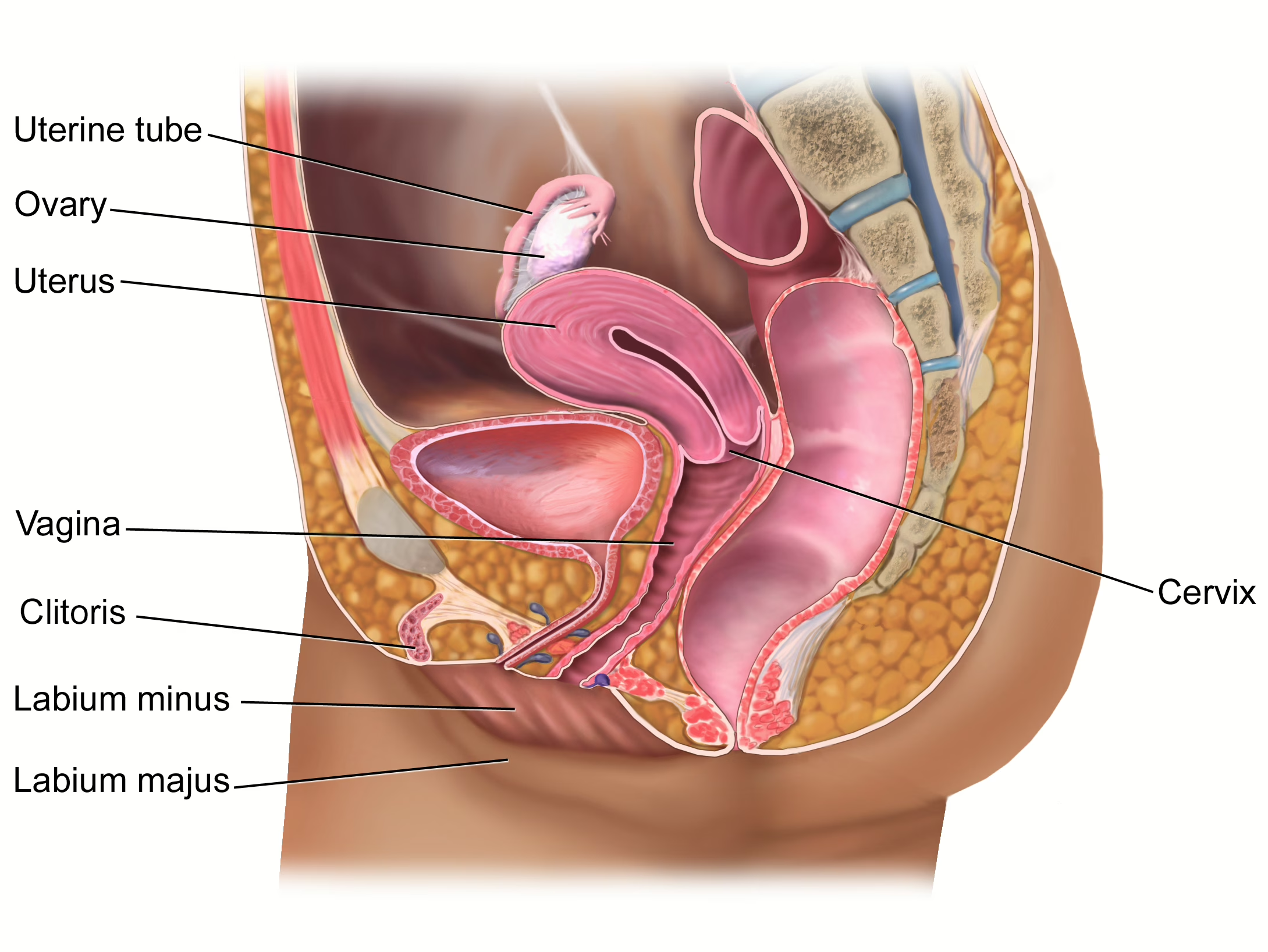
The female orgasmic response involves the same basic phases as the male response but with several key differences. During excitement, blood flow increases to the genitals, causing swelling of the clitoris, labia, and vaginal walls. The vagina lengthens and expands while producing lubrication, and the uterus begins to elevate.
What sets female orgasm apart is its potential for variety. Some women experience single, discrete orgasms similar to the male pattern, while others may have multiple orgasms without a refractory period. The contractions during female orgasm occur at similar intervals to male orgasm (approximately 0.8 seconds) but may involve different combinations of pelvic floor muscles, uterine contractions, and clitoral responses.
The Clitoris: Anatomy’s Best-Kept Secret
One of the most significant advances in understanding female sexual response has been the detailed mapping of clitoral anatomy. Far from being a small external structure, the clitoris is actually a large, complex organ with extensive internal components that weren’t fully understood until recent decades.
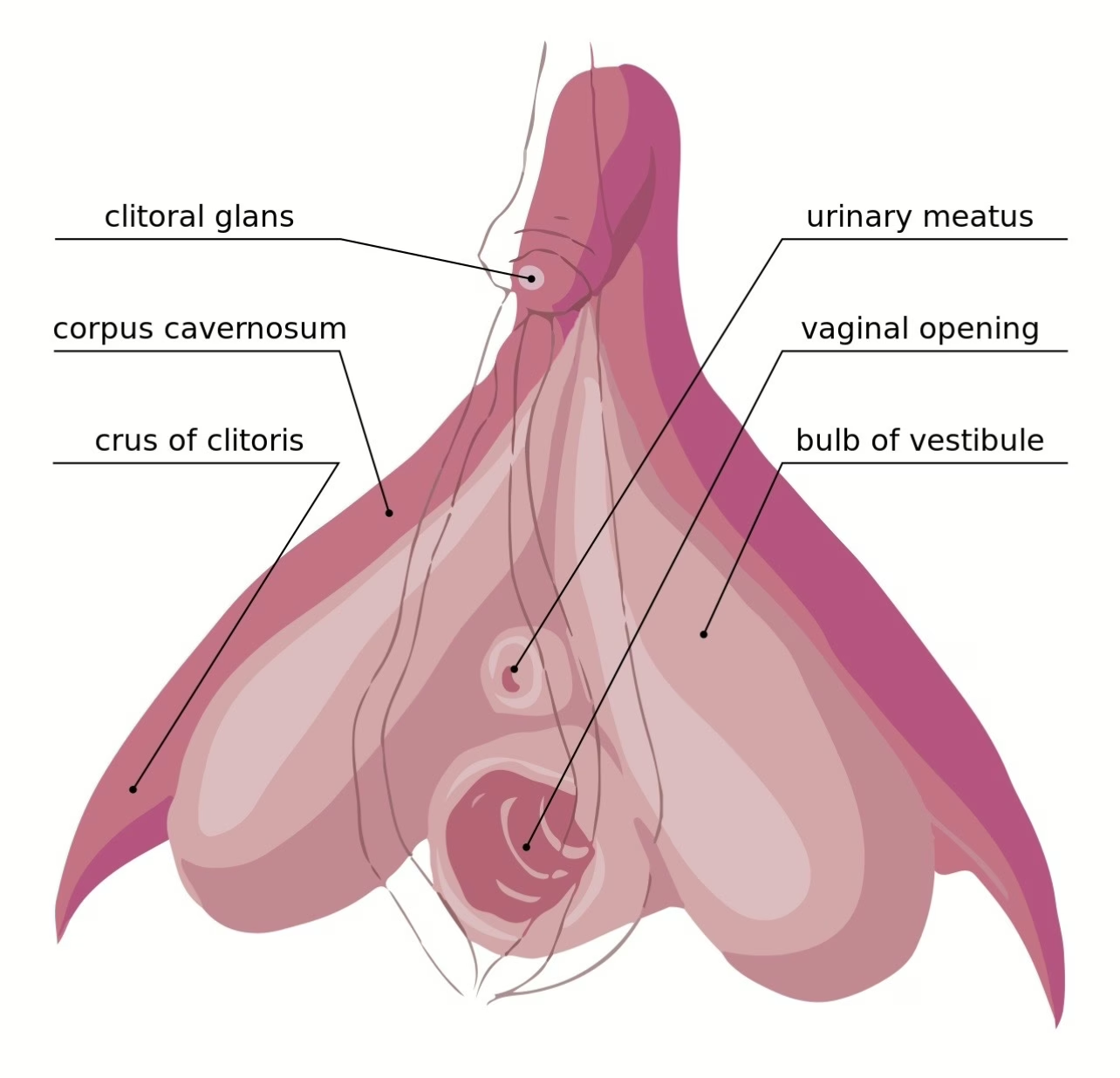
The clitoris contains approximately 8,000 nerve endings—more than twice the number found in the penis—concentrated in the external glans. The internal structure includes two crura (legs) that extend several inches into the body, as well as bulbs of erectile tissue that surround the vaginal opening. This extensive network of sensitive tissue explains why clitoral stimulation is crucial for most women’s orgasmic response and why the experience can vary so significantly depending on the type and location of stimulation.
Research has shown that what were historically considered “different types” of female orgasms (clitoral versus vaginal) actually involve the same anatomical structures. The clitoris has such extensive reach that virtually all female orgasms involve clitoral tissue, whether stimulation is external or internal.
Hormonal Differences and Their Impact
The hormonal landscape during orgasm differs significantly between men and women, contributing to distinct subjective experiences and physiological effects. These differences have implications not just for the immediate experience of orgasm but also for post-orgasmic feelings and behaviors.
In men, orgasm triggers a significant release of prolactin, which contributes to the refractory period—the time during which another orgasm is physiologically difficult or impossible. This prolactin surge, combined with temporary decreases in testosterone, explains why men typically require a recovery period between orgasms. The length of this refractory period varies greatly with age, health, and individual factors but generally increases with age.
Women show different hormonal patterns that help explain their capacity for multiple orgasms. While women also experience increases in oxytocin and endorphins during orgasm, the prolactin response is typically less pronounced, and there’s no corresponding drop in sex hormones that would create a refractory period. This hormonal profile allows many women to achieve multiple orgasms in a single sexual session.
Neural Pathways: Different Routes to the Same Destination
Recent neuroimaging studies have revealed fascinating differences in how male and female brains respond during orgasm. While both sexes activate similar core regions, the patterns of activation show distinct characteristics that correlate with reported differences in subjective experience.
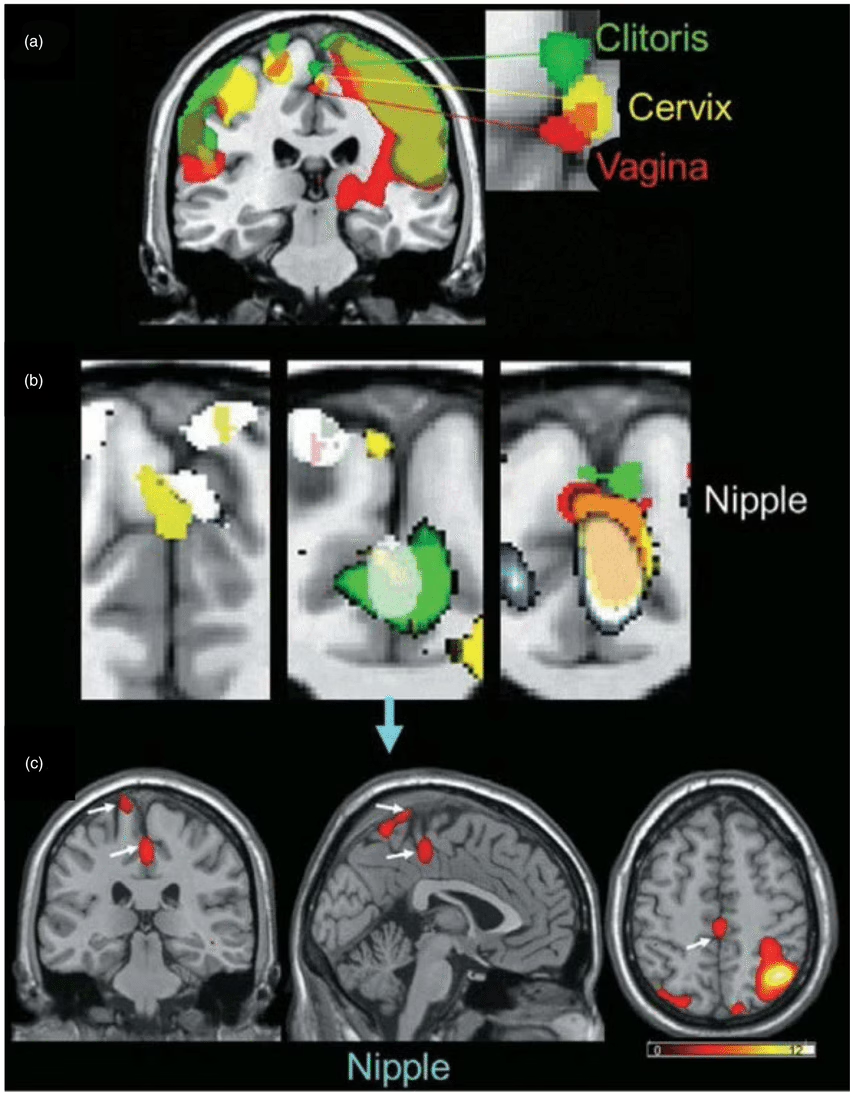
In women, brain imaging shows more widespread activation across multiple regions, including areas associated with emotional processing and sensory integration. This broader activation pattern may contribute to reports of more full-body sensations and emotional intensity during female orgasm. The female brain also shows sustained activation that can last longer than the physical contractions, potentially explaining the capacity for extended or multiple orgasmic experiences.
Male brain activation during orgasm tends to be more focused on specific regions related to genital sensation and motor control, with a pattern that closely matches the timing of ejaculation. This more concentrated activation may contribute to the typically more genitally-focused experience reported by many men.
The Evolutionary Perspective
Understanding why these differences exist requires examining orgasm through an evolutionary lens. While the male orgasm has an obvious reproductive function—ensuring sperm delivery during the fertile window—the evolutionary purpose of female orgasm has been more debated among scientists.
Several theories attempt to explain female orgasm from an evolutionary perspective. The “upsuck” hypothesis suggests that orgasmic contractions help transport sperm toward the egg, increasing conception chances. The “mate selection” theory proposes that female orgasm serves as a mechanism for choosing high-quality partners who invest time and attention in pleasuring their mates.
More recent theories focus on the social bonding aspects of orgasm. The release of oxytocin during orgasm promotes pair bonding, which may have provided evolutionary advantages for offspring survival in early human societies. This bonding function may be particularly important given the extended period of human child-rearing compared to other species.
Individual Variation: Beyond Gender Differences
While understanding male and female patterns provides valuable insights, it’s crucial to recognize the enormous individual variation within each biological sex. Factors including genetics, hormones, psychology, health status, medications, and life experiences all contribute to how individuals experience orgasm.
Some women may have orgasmic responses that more closely resemble typical male patterns—single, discrete orgasms with clear resolution phases. Conversely, some men report experiences that align more with female patterns, including multiple orgasms or more diffuse, full-body sensations. These variations highlight the importance of understanding sexual response as existing on a spectrum rather than in rigid categories.
Age plays a significant role in orgasmic response for both sexes. Men typically experience longer refractory periods and changes in sensitivity with age, while women may find that hormonal changes during menopause affect arousal and orgasmic intensity. However, many older adults report continued satisfying sexual experiences, often with adaptations that account for physiological changes.
Health Implications and Medical Considerations
The study of orgasm has important implications for sexual health and medical treatment. Orgasmic dysfunction affects both men and women, though it manifests differently based on the biological differences we’ve discussed.
For men, orgasmic dysfunction typically involves premature ejaculation or delayed/absent ejaculation. These conditions can often be addressed through behavioral techniques, medication, or therapy that takes into account the specific neurological and physiological patterns of male sexual response.
Female orgasmic dysfunction, historically under-researched and under-treated, is now better understood thanks to improved knowledge of female sexual anatomy and response patterns. Treatment approaches increasingly recognize the importance of clitoral anatomy, the role of psychological factors, and the need for individualized approaches that account for the significant variation in female sexual response.
The Role of Psychology and Context
While the biological aspects of orgasm are fascinating, the psychological and contextual factors play equally important roles in sexual satisfaction and orgasmic experience. The brain, after all, is the most important sex organ, and psychological factors can significantly influence the physiological responses we’ve discussed.
Stress, anxiety, depression, and relationship dynamics all affect orgasmic capacity. Interestingly, these psychological factors may affect men and women differently, potentially due to differences in brain structure and hormone sensitivity. Women’s orgasmic response appears to be more sensitive to psychological and contextual factors, while men’s response, though still affected by psychology, may be more resilient to external stressors.
Cultural and educational factors also play significant roles. Societies that provide comprehensive sex education and promote healthy attitudes toward sexuality tend to have populations with higher rates of sexual satisfaction and orgasmic function. This suggests that knowledge and cultural acceptance are important components of healthy sexual response.
Technology and Research Advances
Modern technology has revolutionized our understanding of orgasm through advanced imaging techniques, hormone measurement, and physiological monitoring. These tools have allowed researchers to study sexual response in unprecedented detail and challenge many long-held assumptions about gender differences in sexuality.
Functional magnetic resonance imaging (fMRI) has been particularly valuable, allowing researchers to observe brain activity during sexual arousal and orgasm in real-time. These studies have revealed the complex neural networks involved in sexual response and highlighted both similarities and differences between male and female patterns.
Advances in hormone analysis have also provided insights into the chemical cascades that occur during orgasm. New techniques can measure multiple hormones simultaneously with high temporal resolution, revealing the precise timing of hormonal changes and their relationships to subjective experiences.
Future Directions in Orgasm Research
The field of orgasm research continues to evolve, with several promising areas of investigation that may further illuminate the differences and similarities between male and female sexual response.
Genetic research is beginning to identify genes that influence sexual response, including variations that may contribute to differences in orgasmic capacity and experience. This research may eventually lead to personalized approaches to treating sexual dysfunction based on individual genetic profiles.
Advances in virtual reality and biofeedback technology are creating new possibilities for both research and treatment. These tools allow for controlled experimental conditions and may offer new therapeutic approaches for individuals with sexual dysfunction.
The integration of big data and artificial intelligence is also opening new avenues for understanding sexual response. Large-scale studies using smartphone apps and wearable devices are providing unprecedented amounts of data about sexual behavior and satisfaction in real-world contexts.
Practical Implications for Sexual Health
Understanding the science of orgasm has practical implications for individuals, couples, and healthcare providers. This knowledge can improve sexual satisfaction, guide treatment decisions, and promote healthier attitudes toward sexuality.
For individuals, understanding normal variation in sexual response can reduce anxiety and unrealistic expectations. Knowing that female orgasm is highly variable and that male refractory periods are normal biological responses can help people develop more realistic and healthy attitudes toward their sexuality.
For couples, understanding gender differences can improve communication and sexual techniques. Recognizing that women typically require different types and durations of stimulation can lead to more satisfying sexual experiences for both partners.
Healthcare providers benefit from this knowledge when counseling patients about sexual health. Understanding the biological basis of sexual response allows for more informed discussions about normal function, potential problems, and treatment options.
Conclusion: Celebrating Sexual Diversity
The science of orgasm reveals a fascinating picture of human sexuality that is both universal and remarkably diverse. While clear differences exist between typical male and female patterns of sexual response, the story is ultimately one of individual variation within a shared biological framework.

The biological differences between male and female orgasmic responses—from neurological patterns to hormonal cascades—reflect millions of years of evolution and the complex interplay between reproduction, bonding, and pleasure in human sexuality. Yet these differences exist within a context of enormous individual variation that defies simple categorization.
Perhaps most importantly, this scientific understanding enhances rather than diminishes the wonder of human sexuality. By illuminating the mechanisms behind one of life’s most profound experiences, we gain not just knowledge but also appreciation for the remarkable complexity of human sexual response.
As research continues to advance, our understanding of orgasm will undoubtedly become even more nuanced and complete. This knowledge promises to improve sexual health, enhance treatment options for sexual dysfunction, and promote healthier, more satisfying sexual relationships for people of all genders.
The science of orgasm ultimately teaches us that sexual pleasure is both a fundamental biological drive and a complex psychological experience that varies tremendously among individuals. By embracing this complexity and celebrating sexual diversity, we can work toward a future where all people have access to the knowledge, healthcare, and social acceptance necessary for healthy, satisfying sexual lives.


